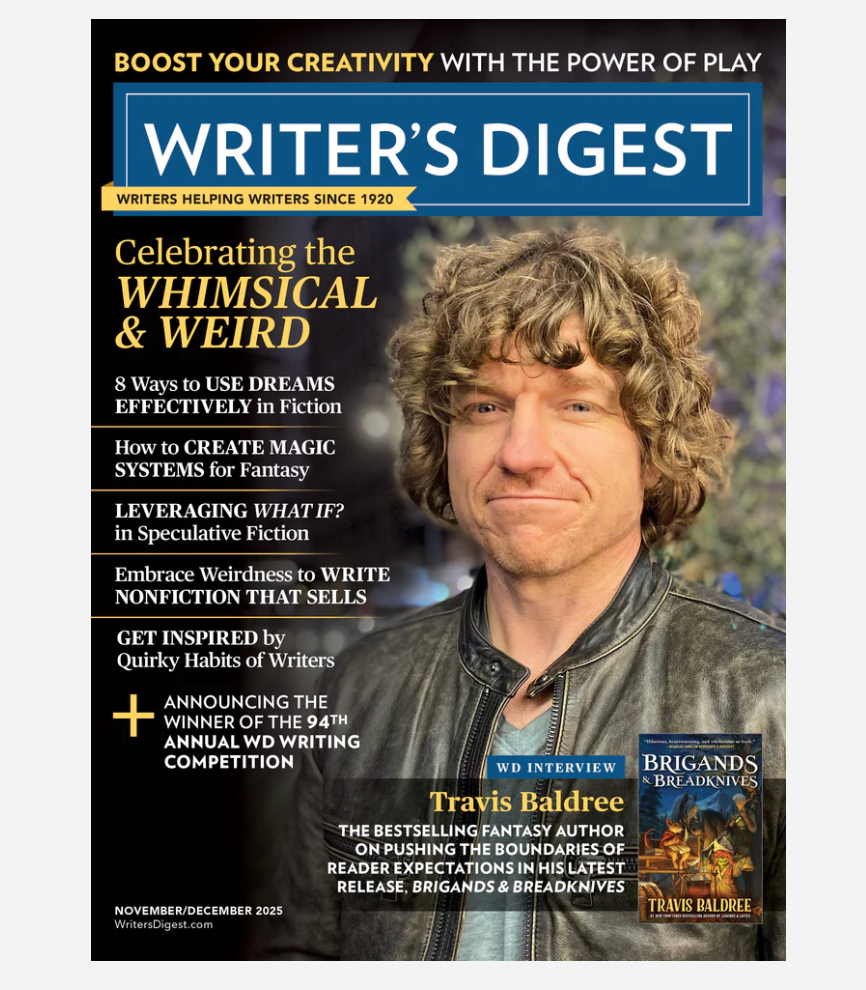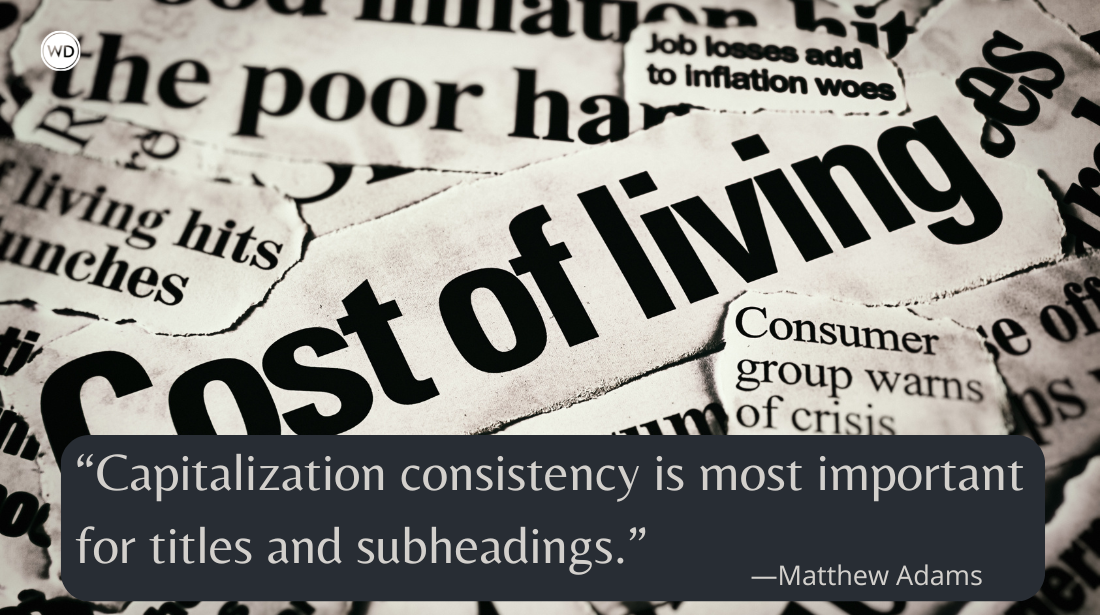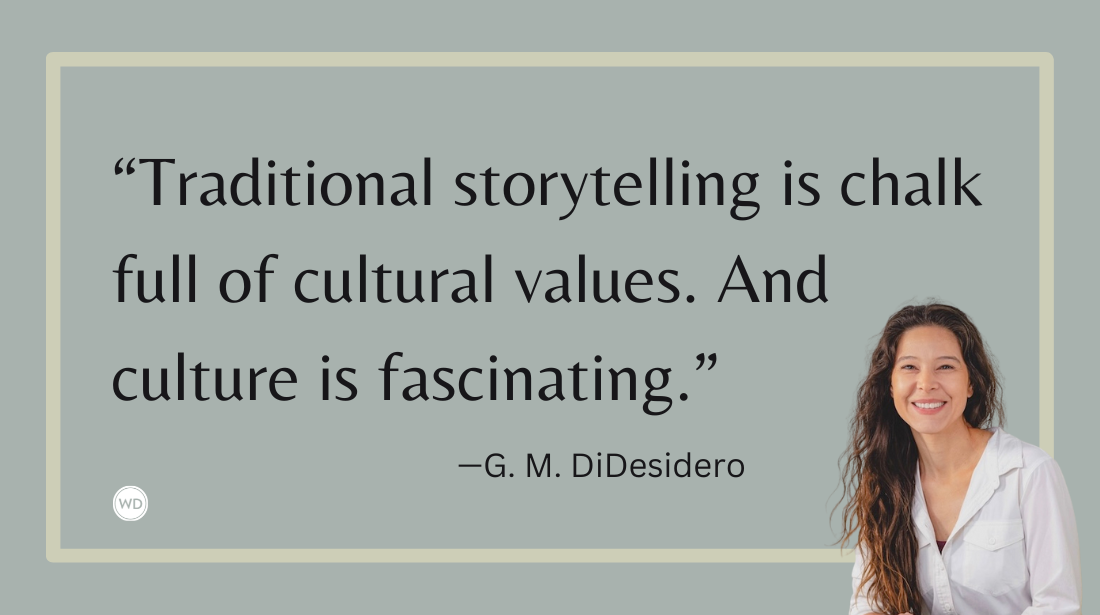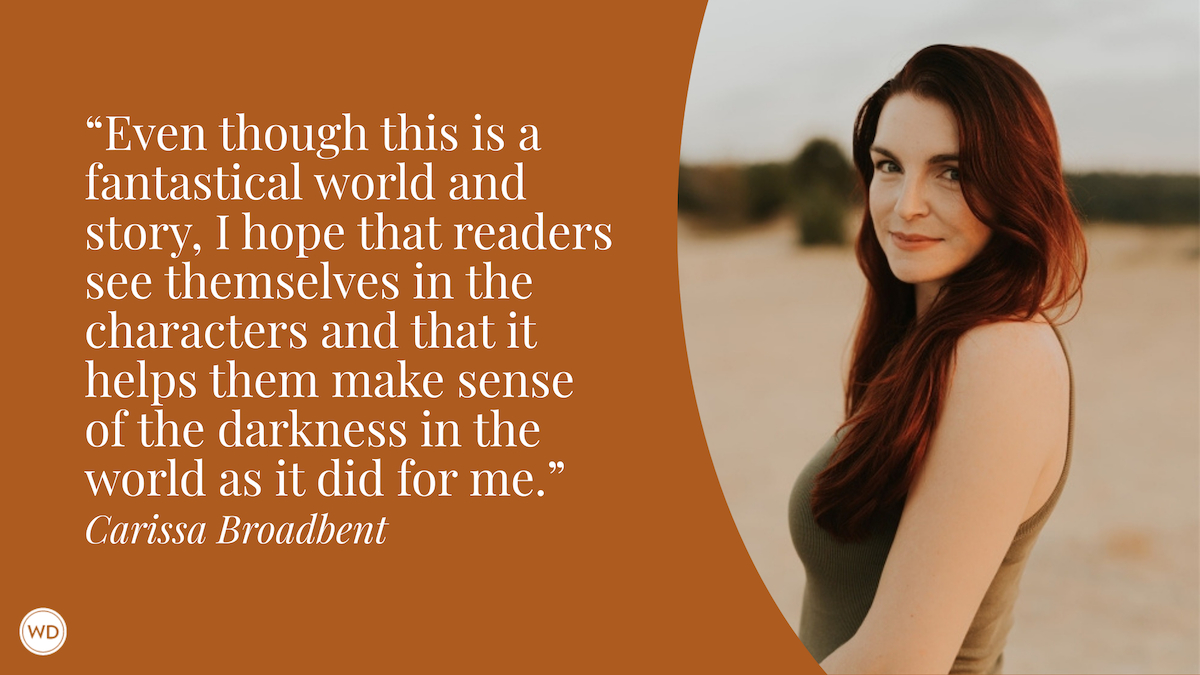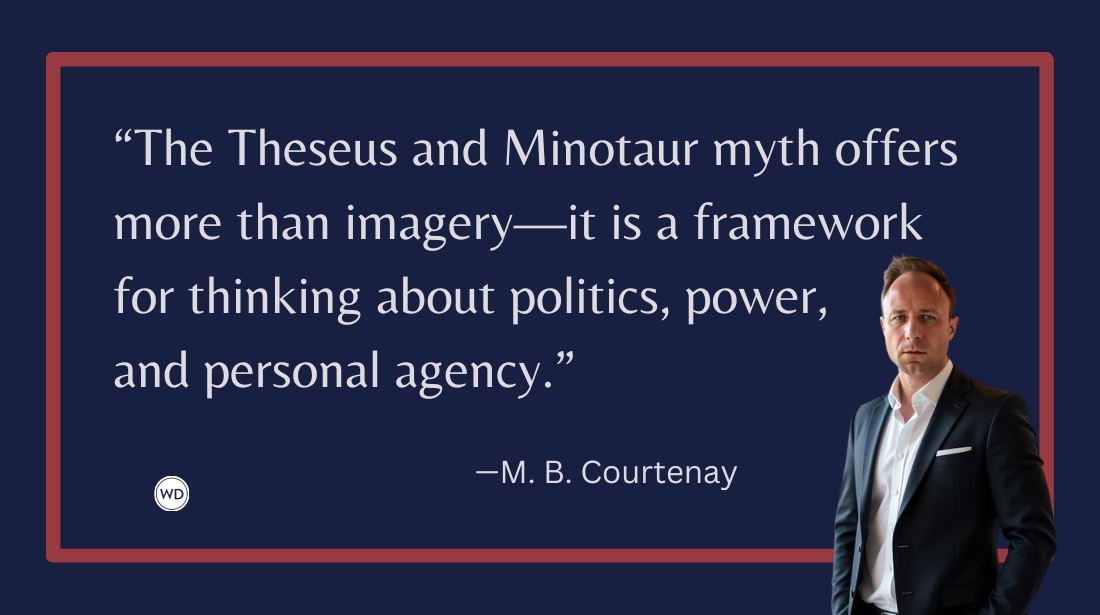A Fabled Kingdom: Why Readers Love a Southern Setting in Fiction
Award-winning author Kimberly Brock illuminates why stories set in the south are full of opportunities for writers, and why readers can’t get enough of it.
Countless times I’ve been asked whether a story I’ve written could take place anywhere other than the South. My answer has always been that every story I write, no matter where it takes place, is set in the South. I don’t know how to tell a story any other way. In my fiction, I’m forever setting a table laden with buttermilk biscuits, served up to a melting pot of neighbors who pray for the bounty of their fields, who have long memories and deep roots, who trade ghost stories, long for transcendence, and carry a heartache for a homeplace that never stops haunting their dreams. These common themes compel me to write fiction, hoping to unspool some meaning for myself and my readers, and the allegory of a Southern setting never fails to get at the heart of the human mystery, at least for me.
I believe that readers are drawn to stories set in the South because they instinctively recognize what’s promised in the pages. Like all mythology, there is a form to it. It doesn’t matter if a reader is from the South or has only imagined the region as a cliché or a dream. Whether they love it or hate it, they know its parts in a fundamental way. In fiction, the South exists as a real place in the world and also one inside the mind. It is, in many different ways, somehow the origin from which we all spring. It is an Eden and an exile that can never be fully captured. It is a tangled mystery of contradictions, the battleground of our personal and political moral conscience, a coming-of-age tale, a lingering lie of false heroes, of secret graces and the shadows of madness, a baptismal font and the horror of an open grave, a shackle, a bleached bone, the tender twist of a honeysuckle vine, a dusty jar of white lightning, and always the wild and sultry fantasy of moonlight and magnolias. The stakes are high in a Southern story because the backdrop is always a collage of extremes. And at every turn, good Southern fiction, this kaleidoscope lens, tells the truth on us.
IndieBound | Bookshop | Amazon
[WD uses affiliate links.]
Set a story in the South and suddenly the reader is exposed. The imagination is led to a place of memory and nostalgia for a home once known or wished to have been known. They’ll find themselves longing for folks who’ve slipped this mortal coil, and for better or worse, hankering for the taste of something smoked slow and low, straining to catch the tinny refrain of a lonesome train song curling sweetly round the ear. Give a reader the kind of dialogue that doesn’t have to be written in dialect to be understood as its own language, a poetry of diphthong and cadence, and it tells the reader they have stepped into a world that may at any moment, shift between fiction and reality, past and present. Whatever a reader may want to inspect about themselves, the symbolism of the Southern allegory allows them to wander the geography of the human heart and find their way. Eudora Welty once famously said of writing place that it is “… the ball of golden thread to carry us there and back and in every sense of the word to bring us home.”
In The Lost Book of Eleanor Dare, Alice Young remembers her mother teaching her that a story matters not because it’s true, but because it’s been told. In the fabled kingdom of a Southern setting, the truth may not be in the facts, but it is in its stories. It’s always found in a curious child lurking just behind the hanging moss, a railroad hobo shuffling around the next bend in the winding road, an old woman’s reflection staring back from the mirror of a sulfur spring.
Southern settings offer readers the comfort of orienting their earthly senses in specific, real, and strange details—a place where the back yard may be strangled by kudzu in one week’s time, where the shorelines of coastal islands are fluid, where entire towns are drowned beneath the glassy waters of manmade lakes, and where wizened mountaintops stand witness to it all, worn smooth by the passing of the ages. In this place, a real place, readers recognize their inner landscape. They’ll trust and follow characters as they confront the finite nature of life, reminded that they are children that may love and rage and glory in their time on earth, but that they’re united by the fact that they will each be consumed by this South, folded into it softly or tragically, rolled into eternity, part of the fertile ground from which all stories spring.
Kimberly Brock is the award-winning author of The Lost Book of Eleanor Dare and The River Witch. She is the founder of Tinderbox Writers Workshop and has served as a guest lecturer for many regional and national writing workshops including at the Pat Conroy Literary Center. She lives near Atlanta with her husband and three children. Visit her online at kimberlybrockbooks.com and find her on Instagram, Facebook, and Twitter.


